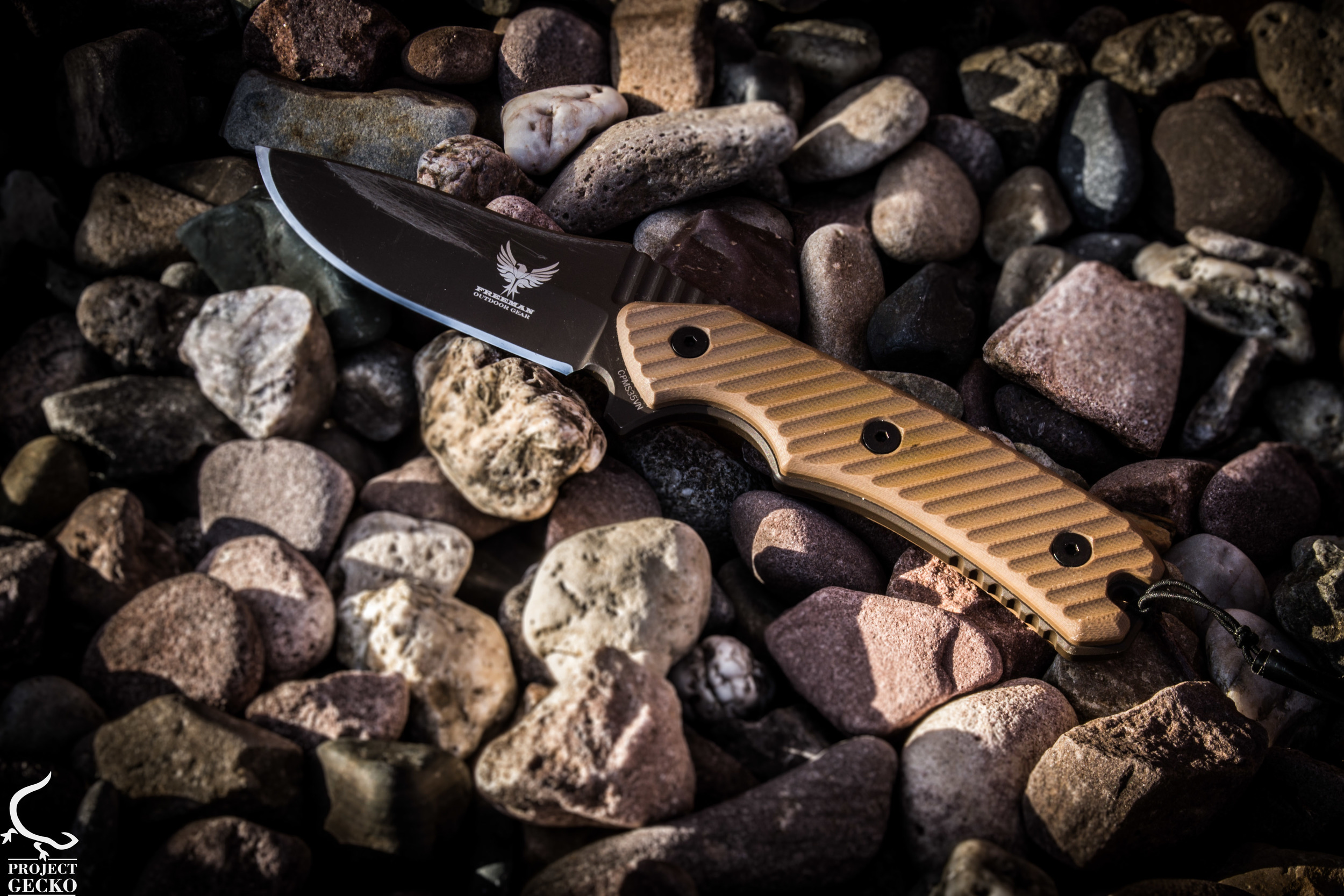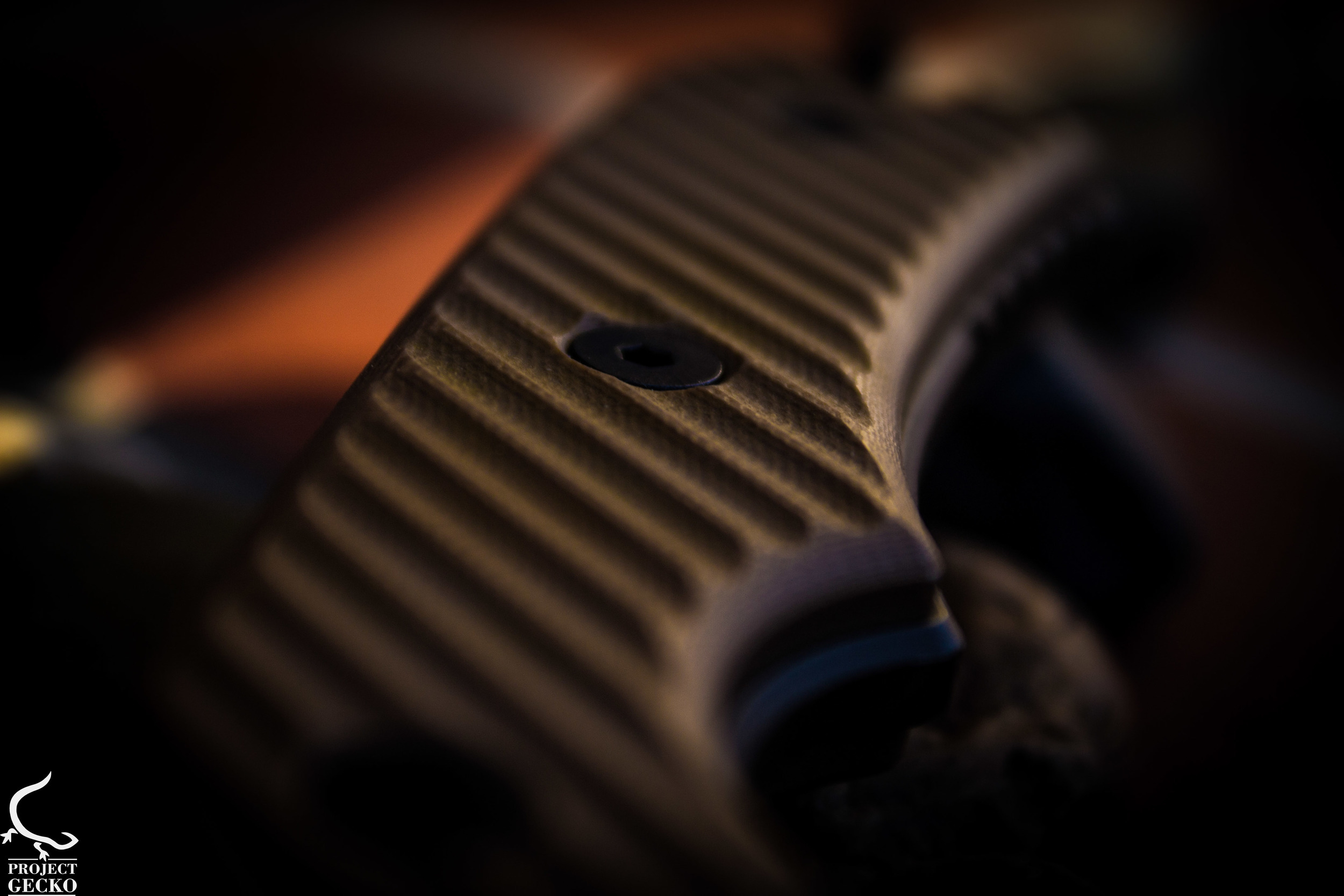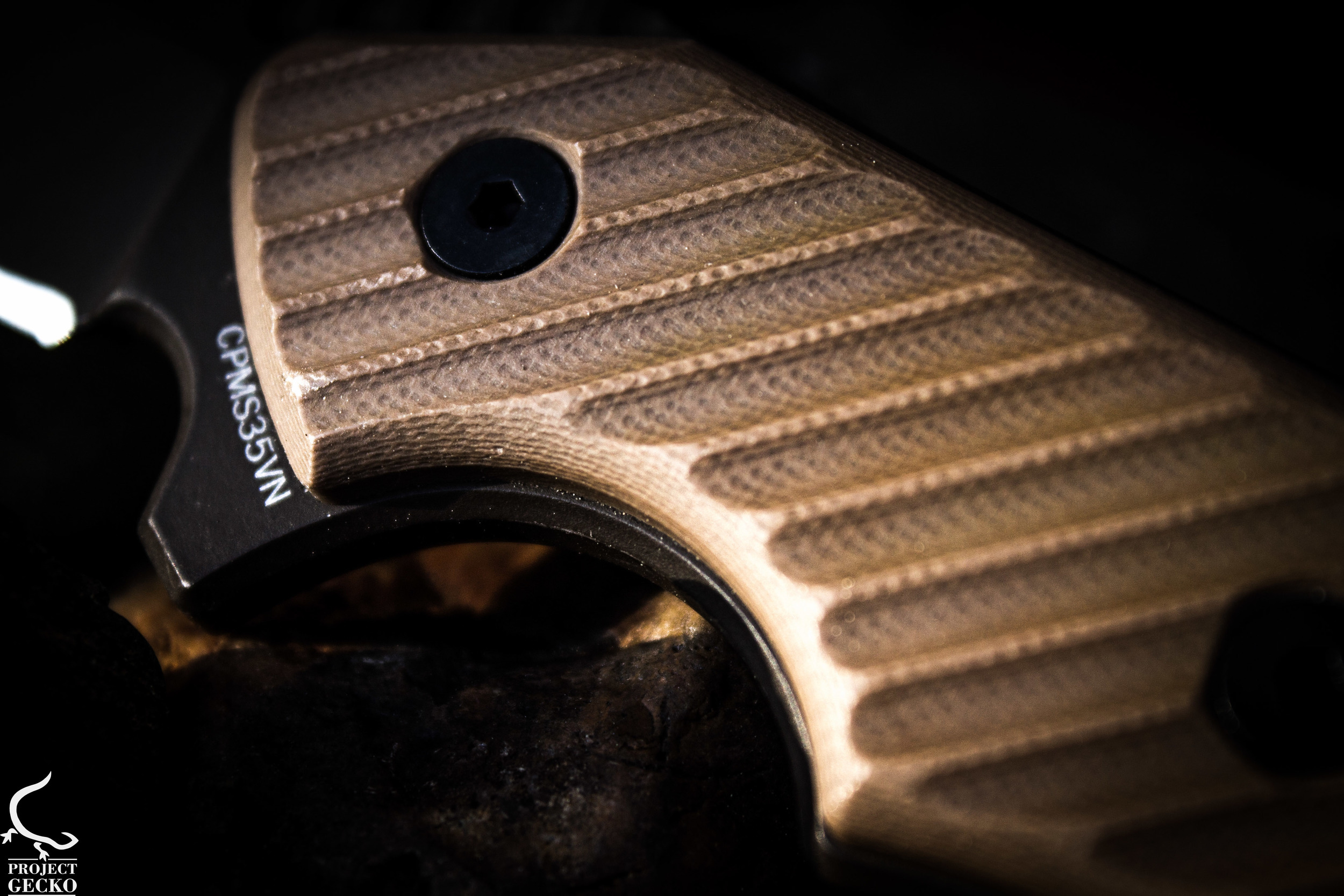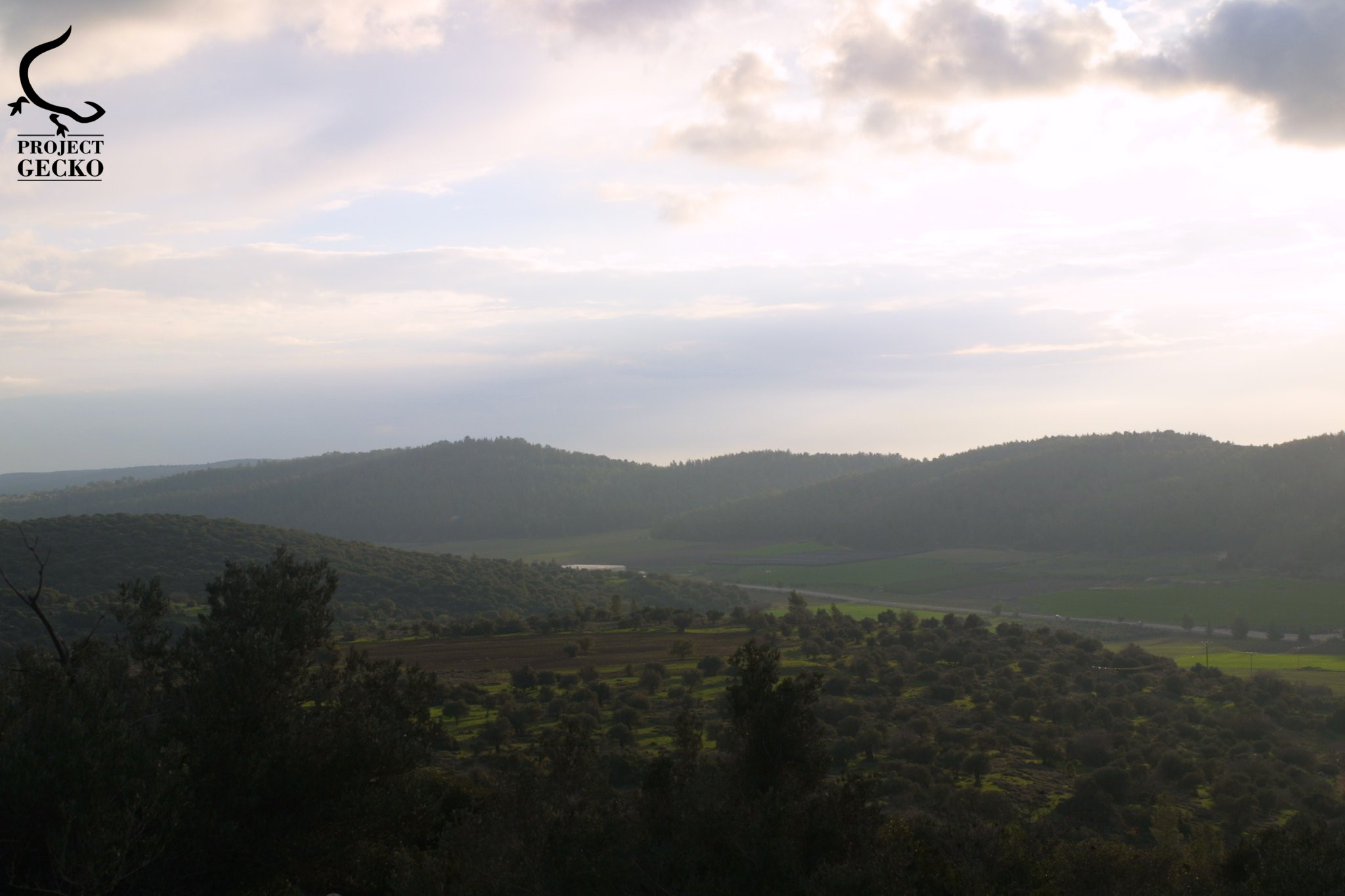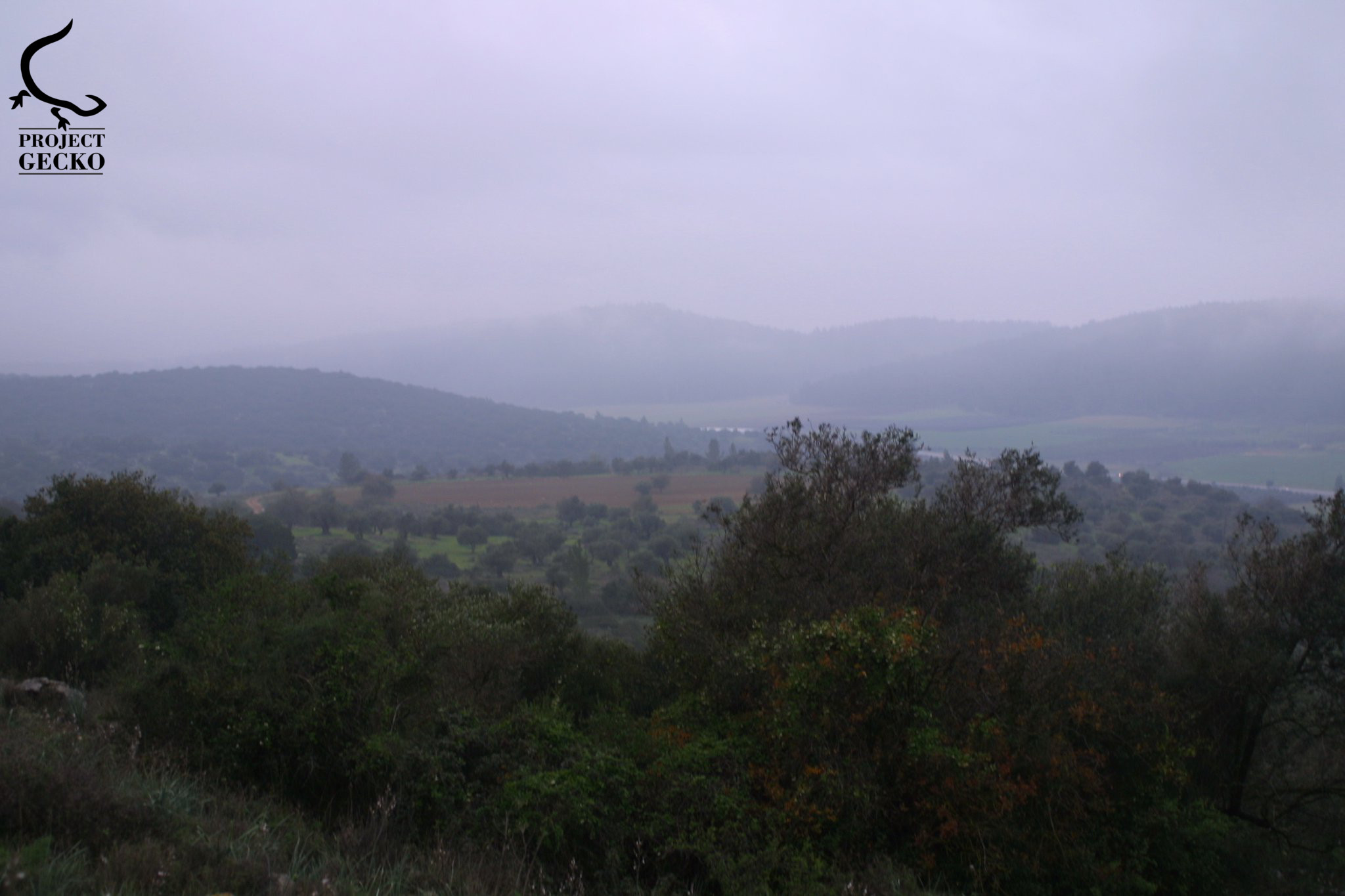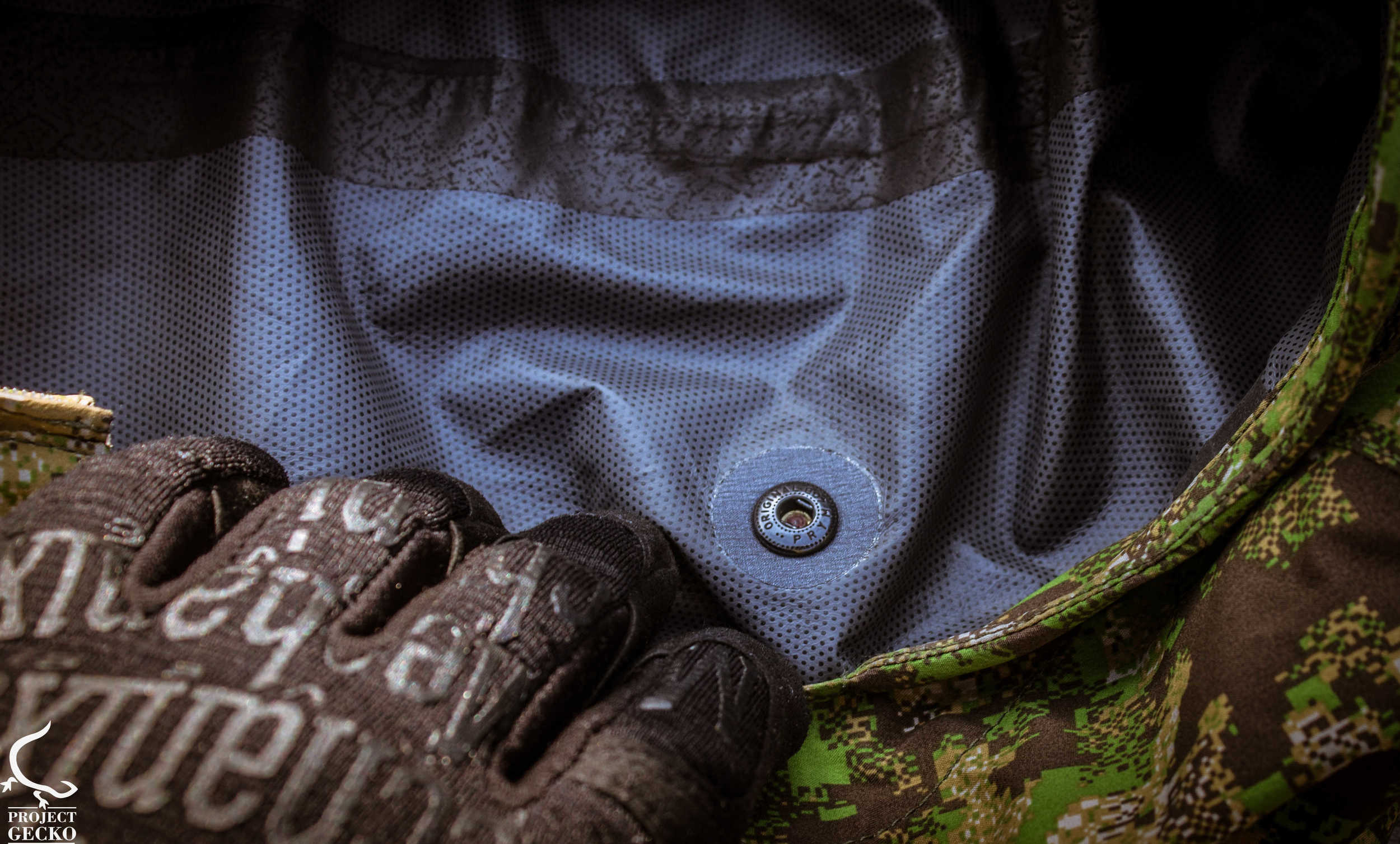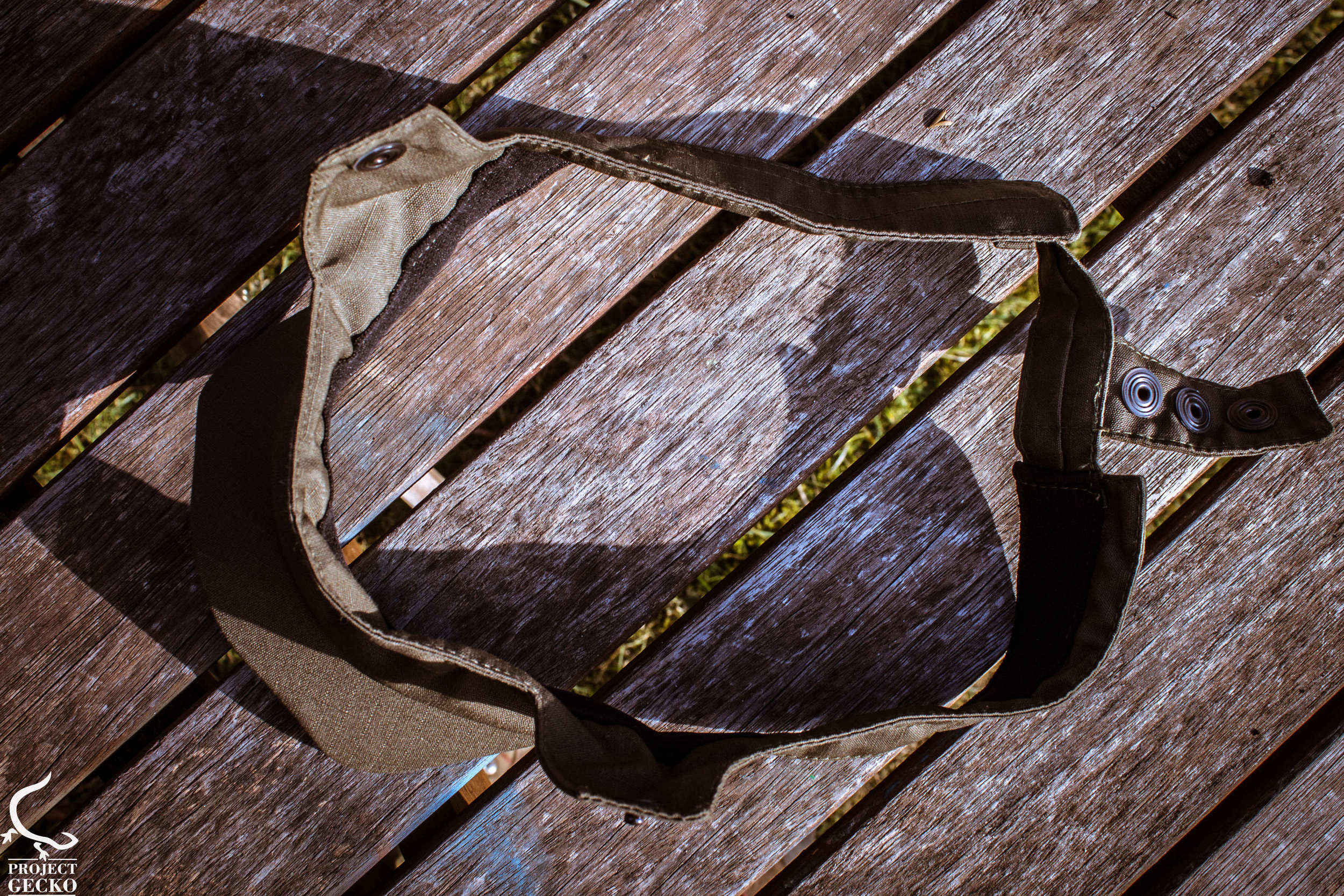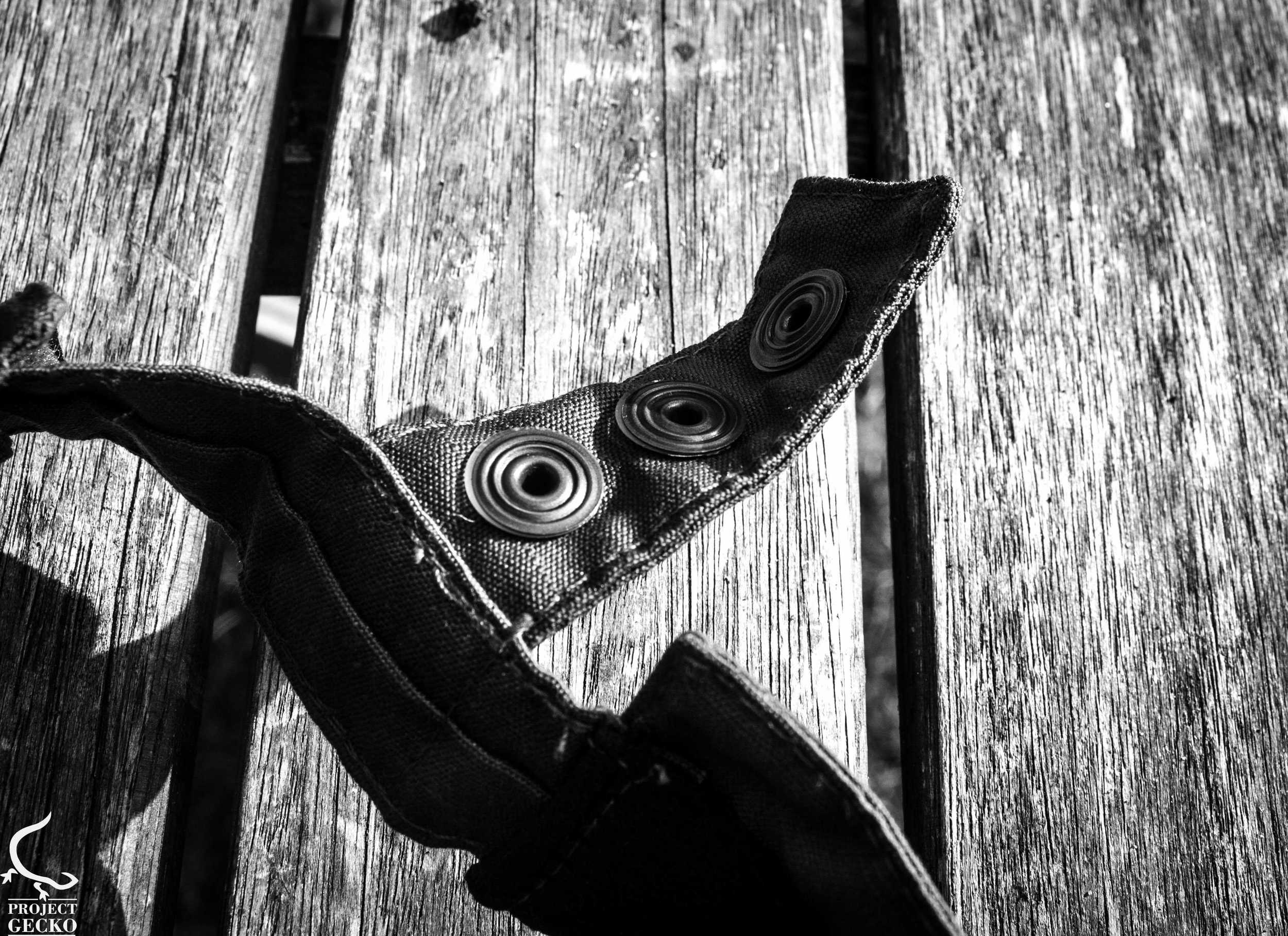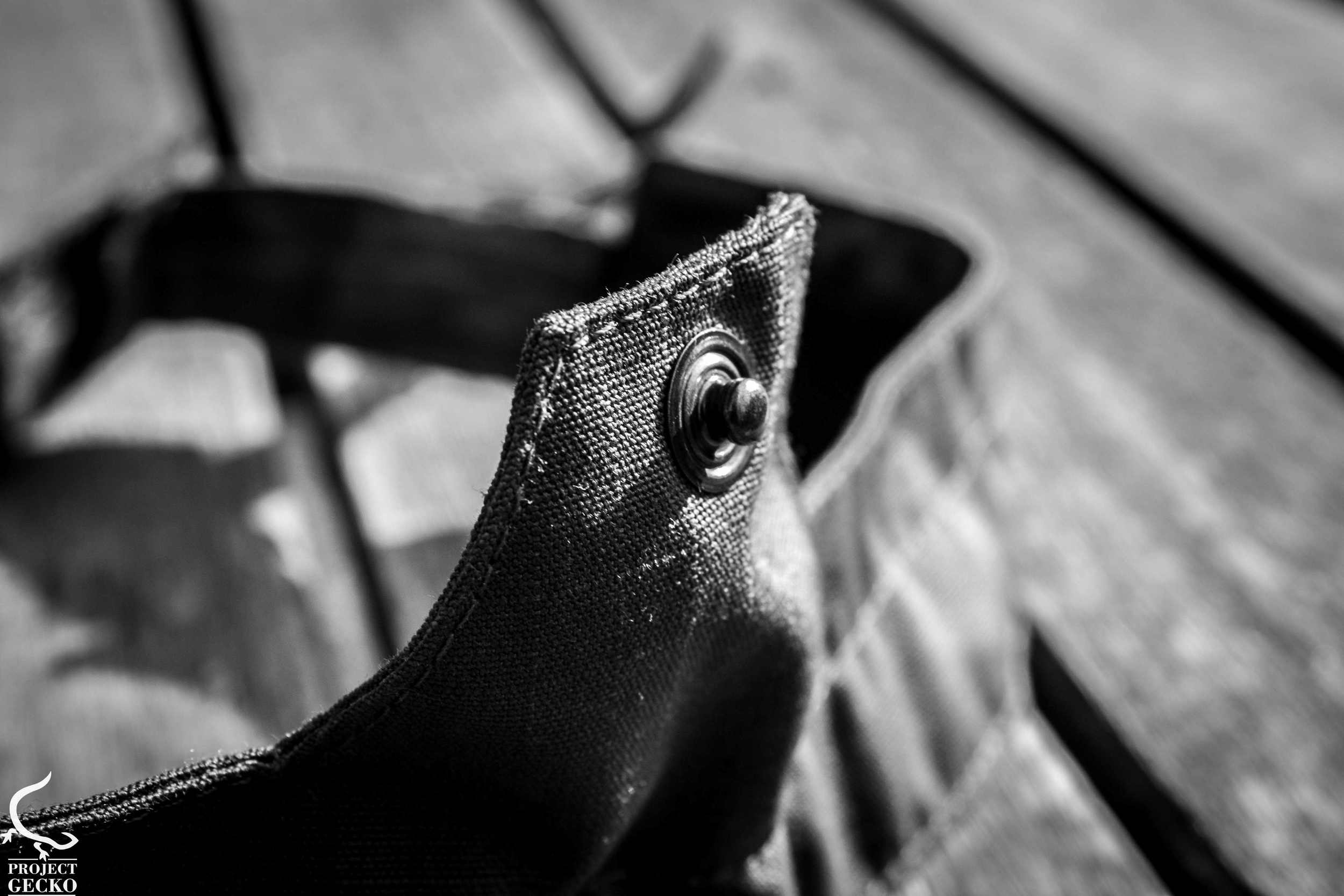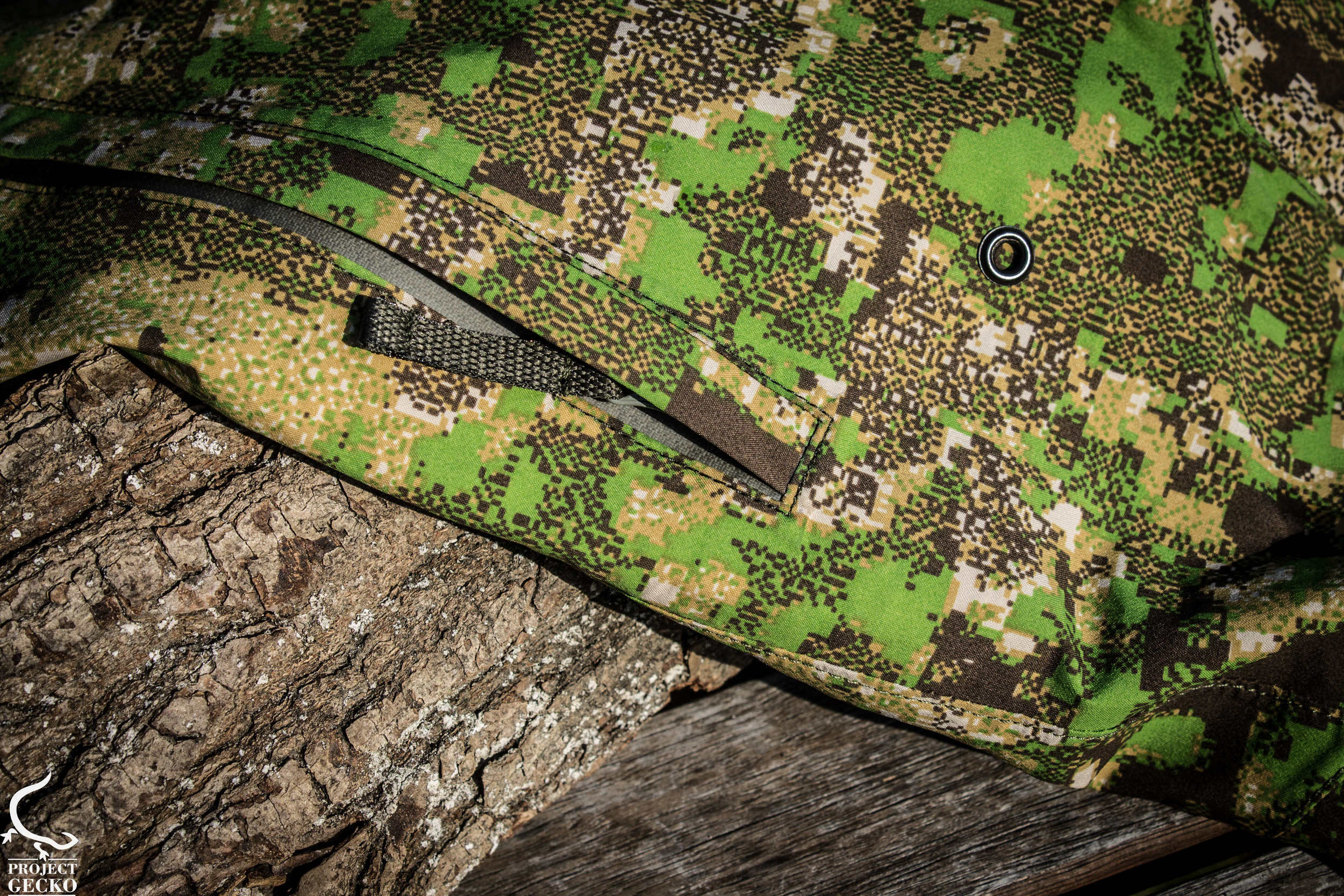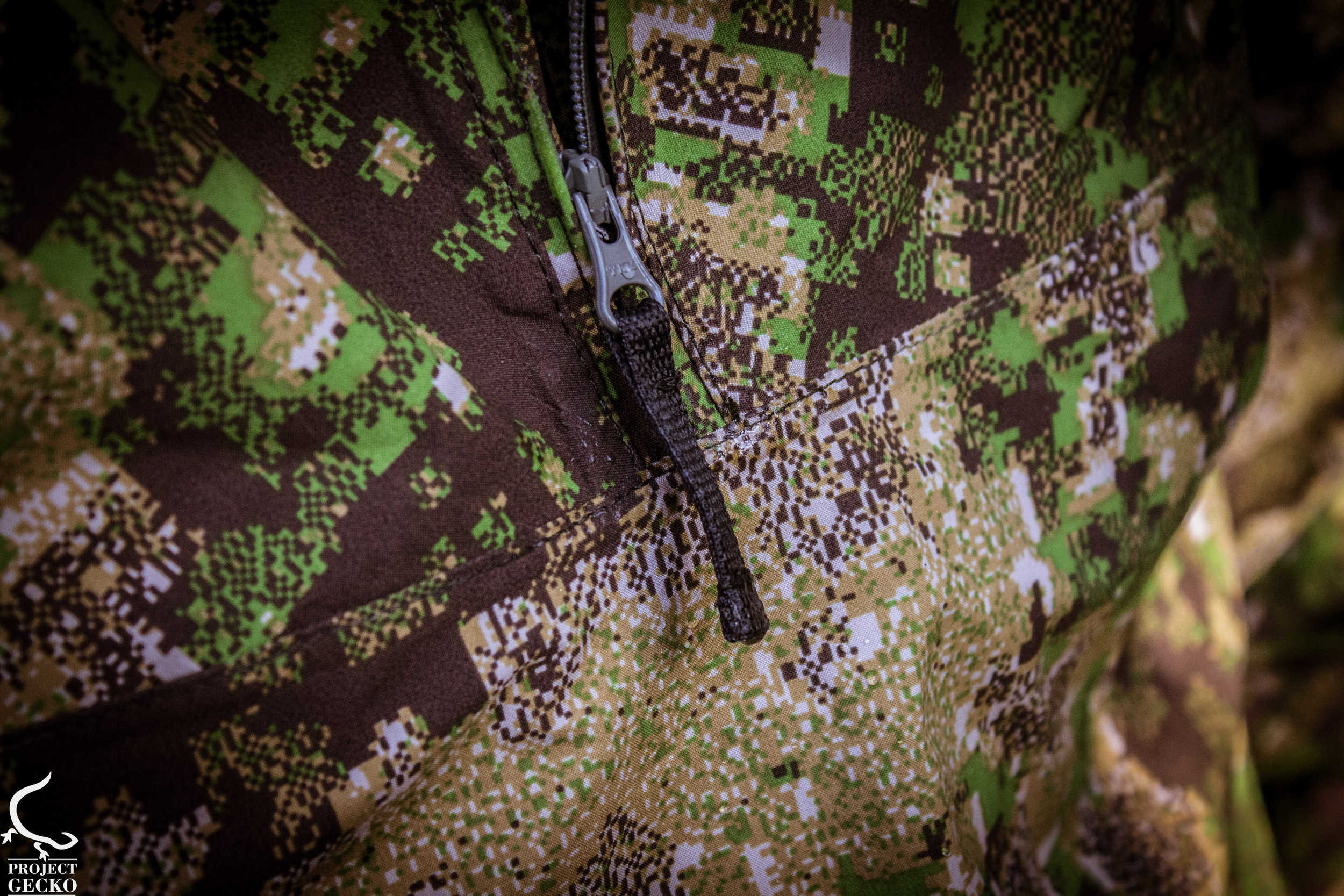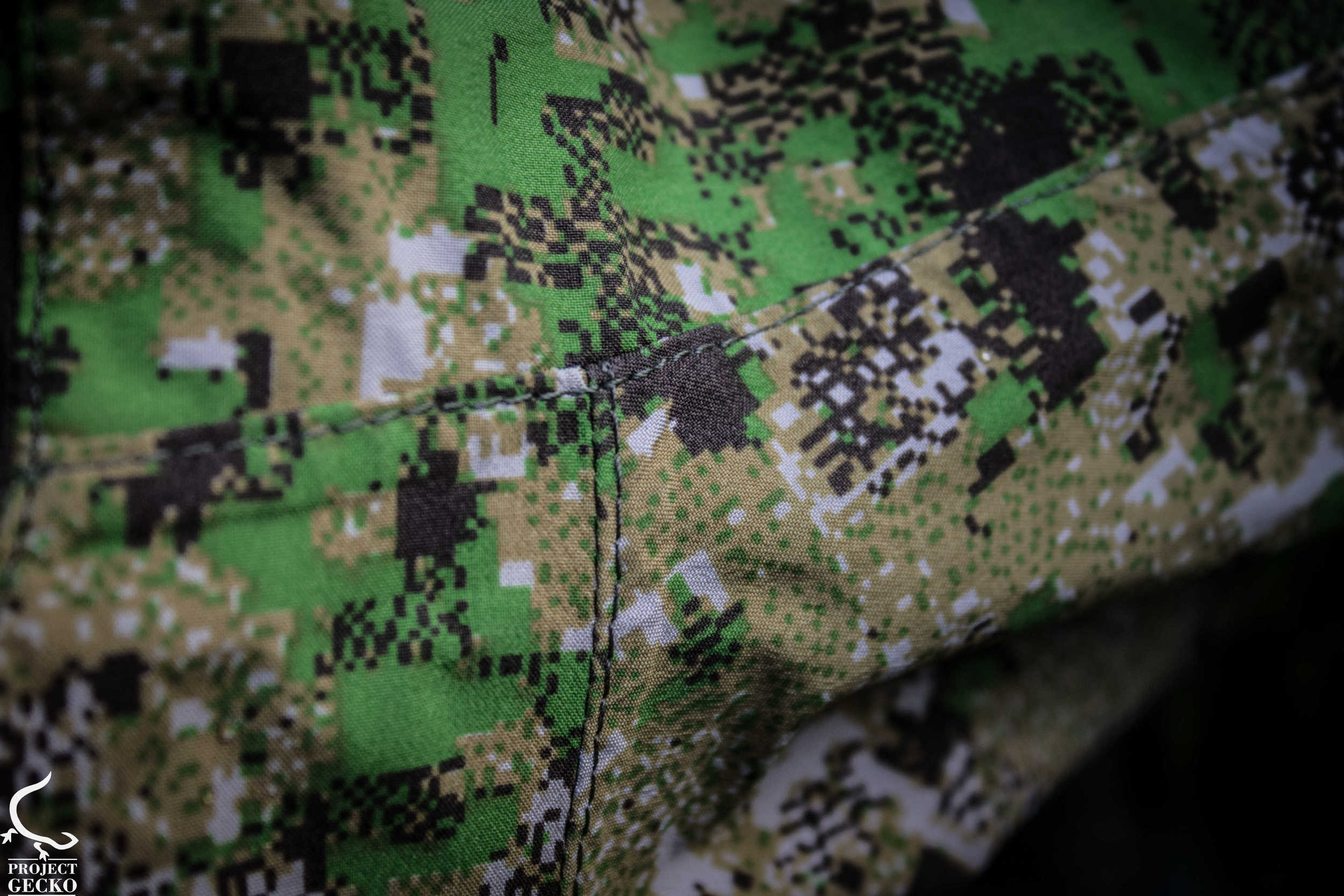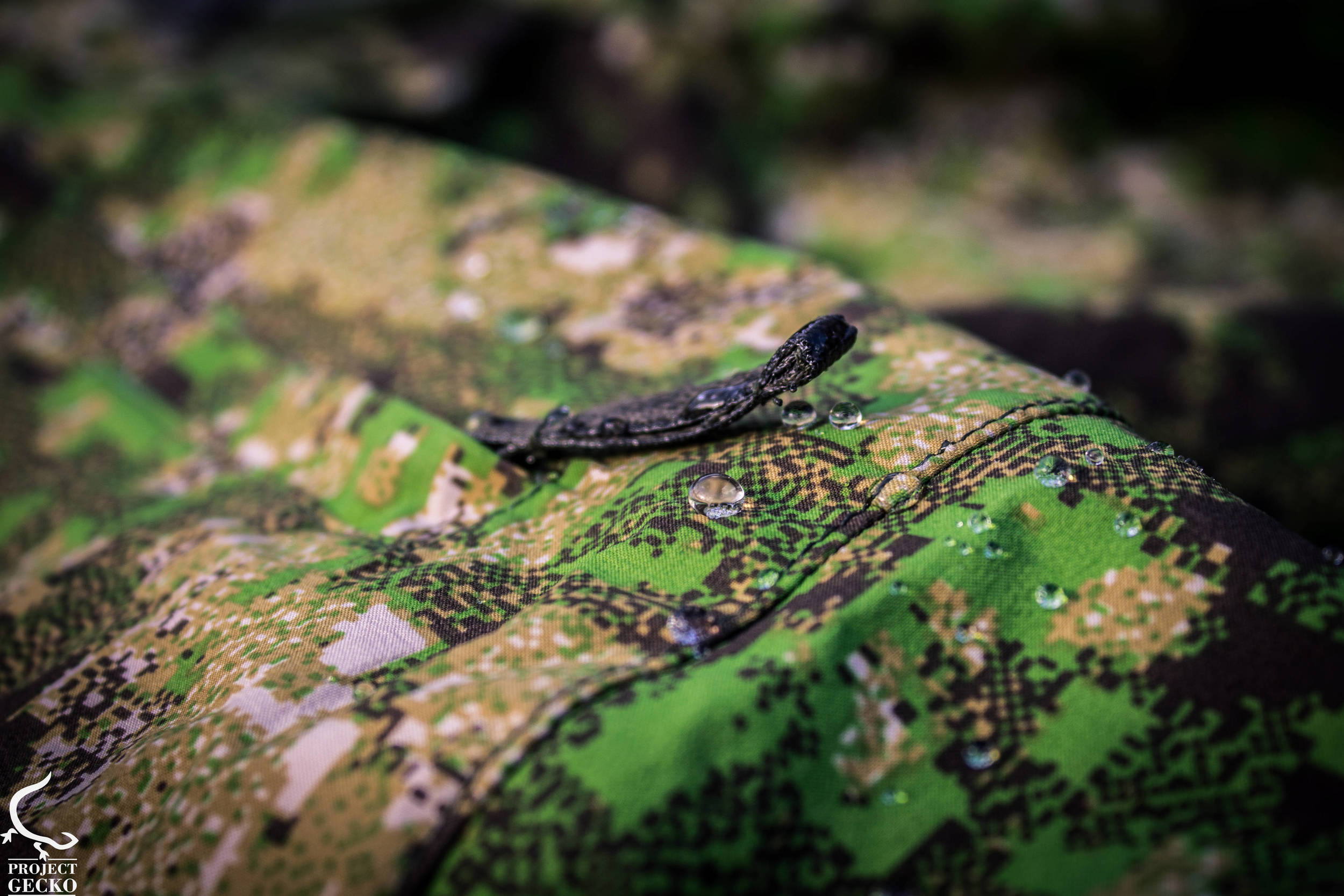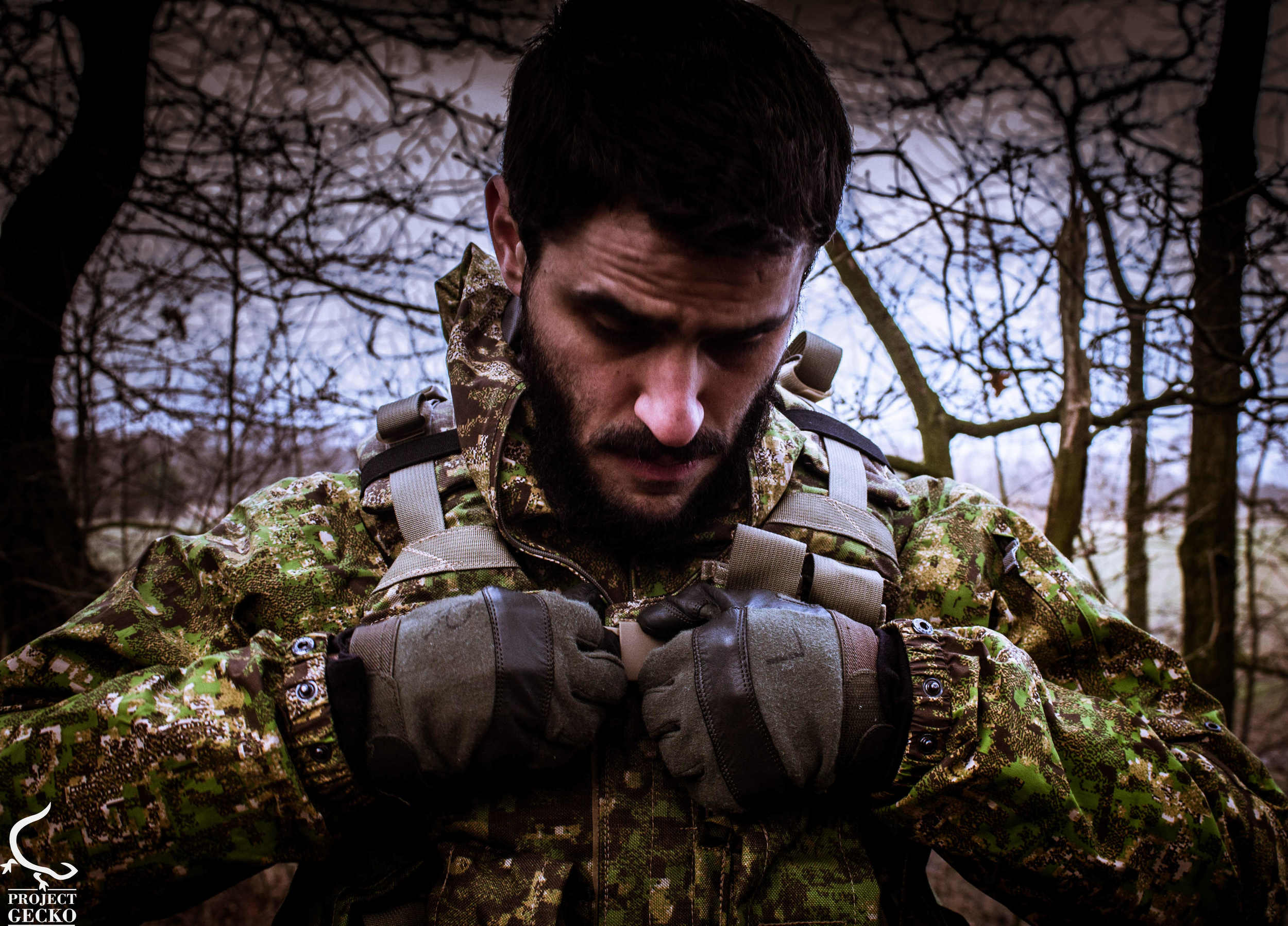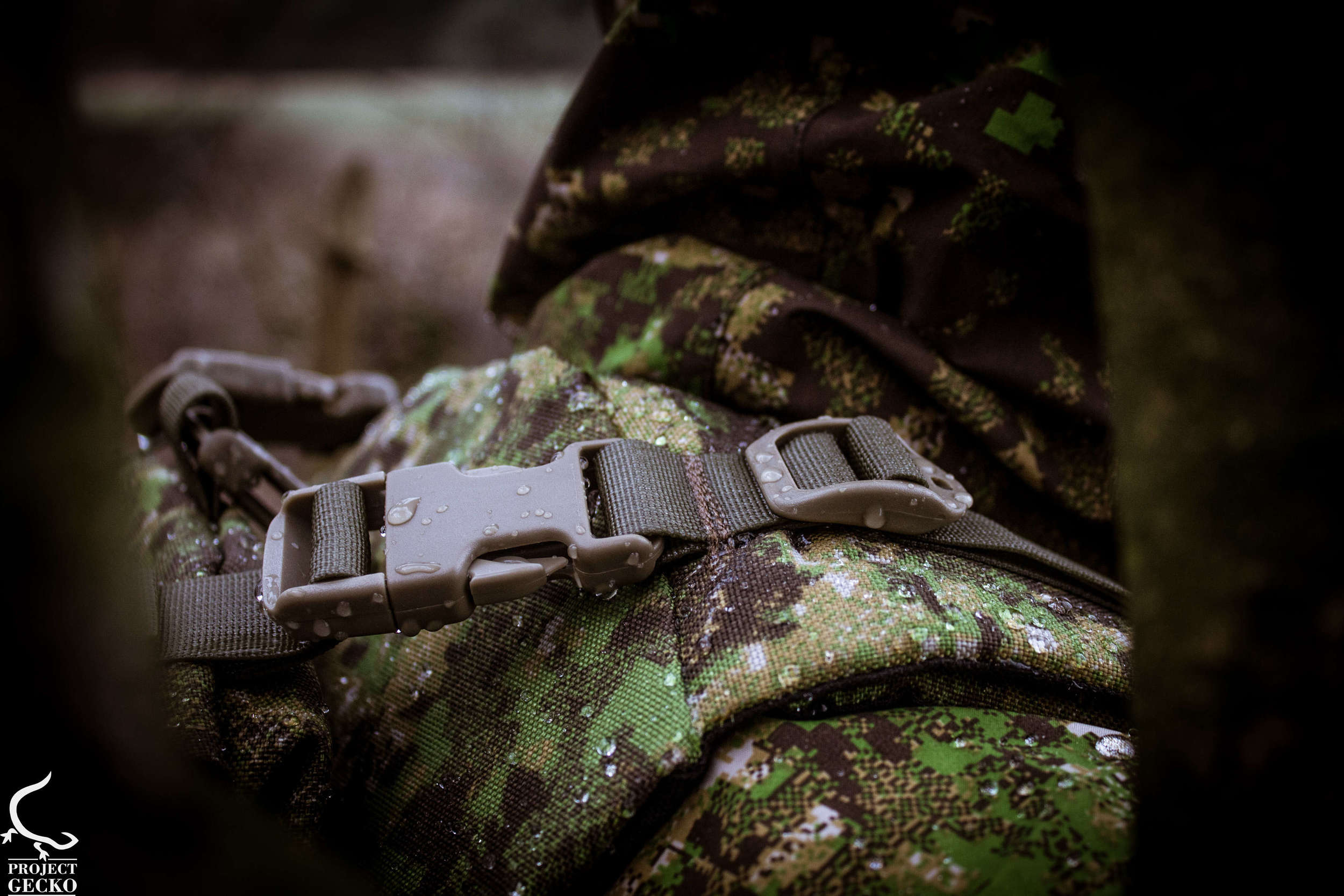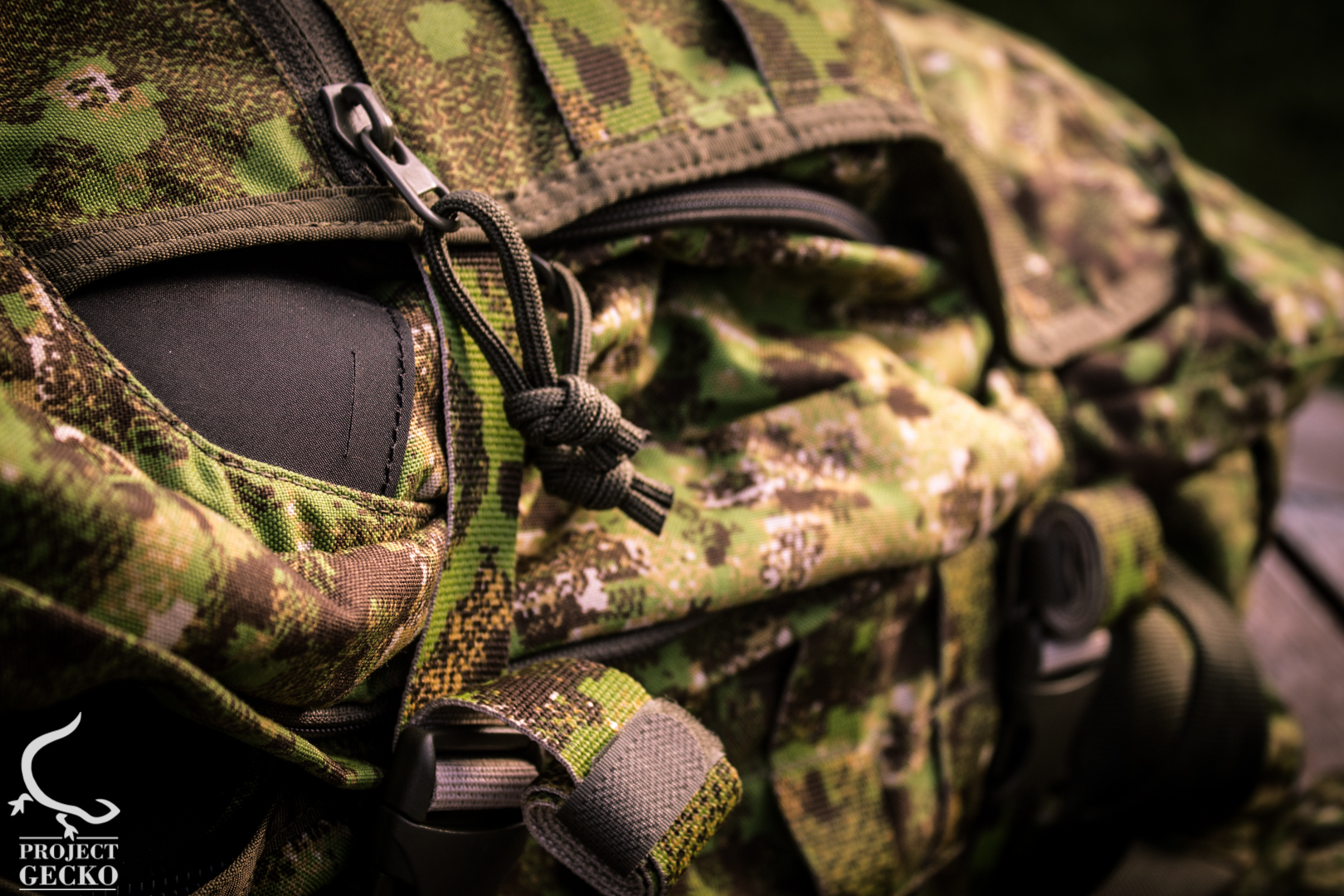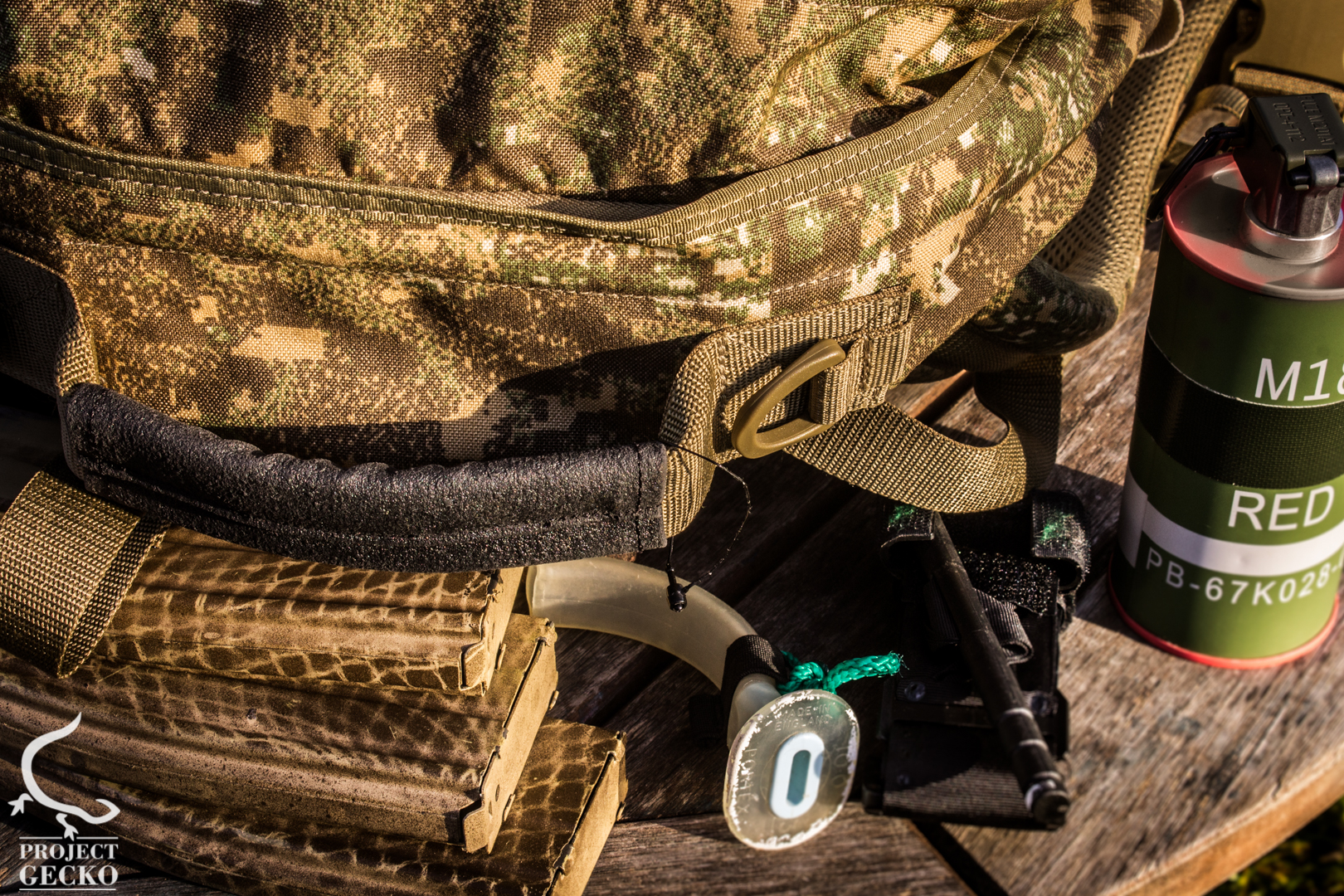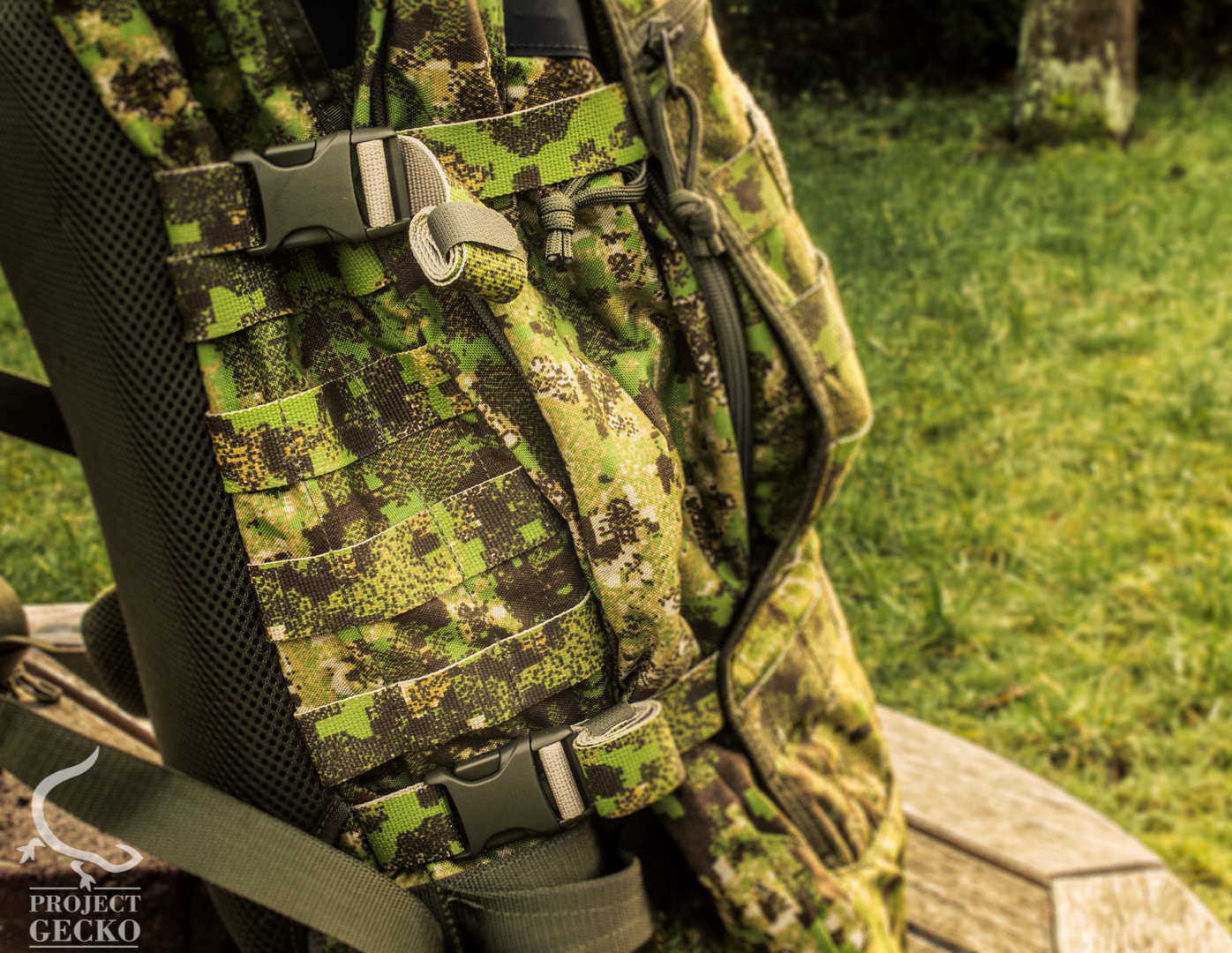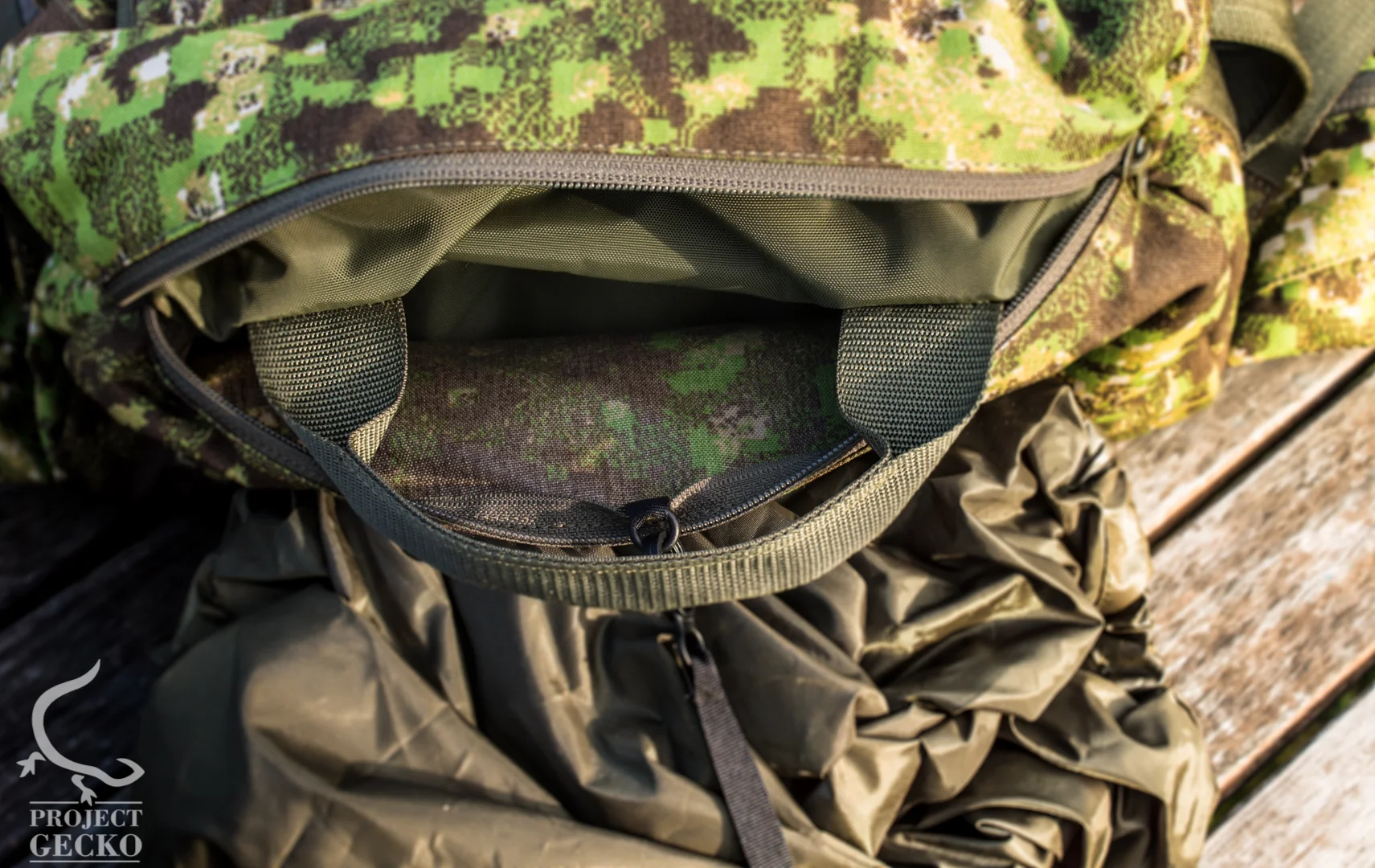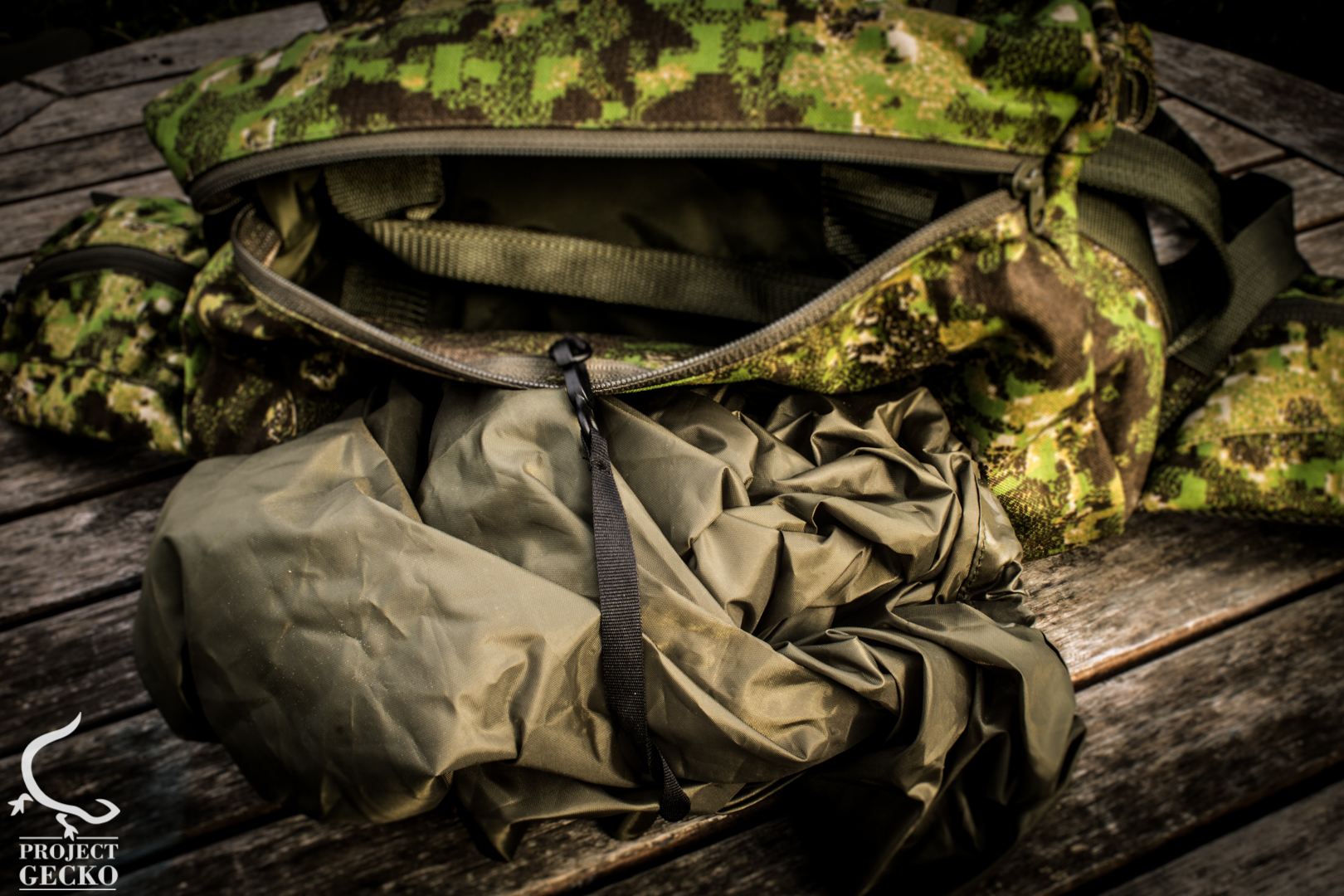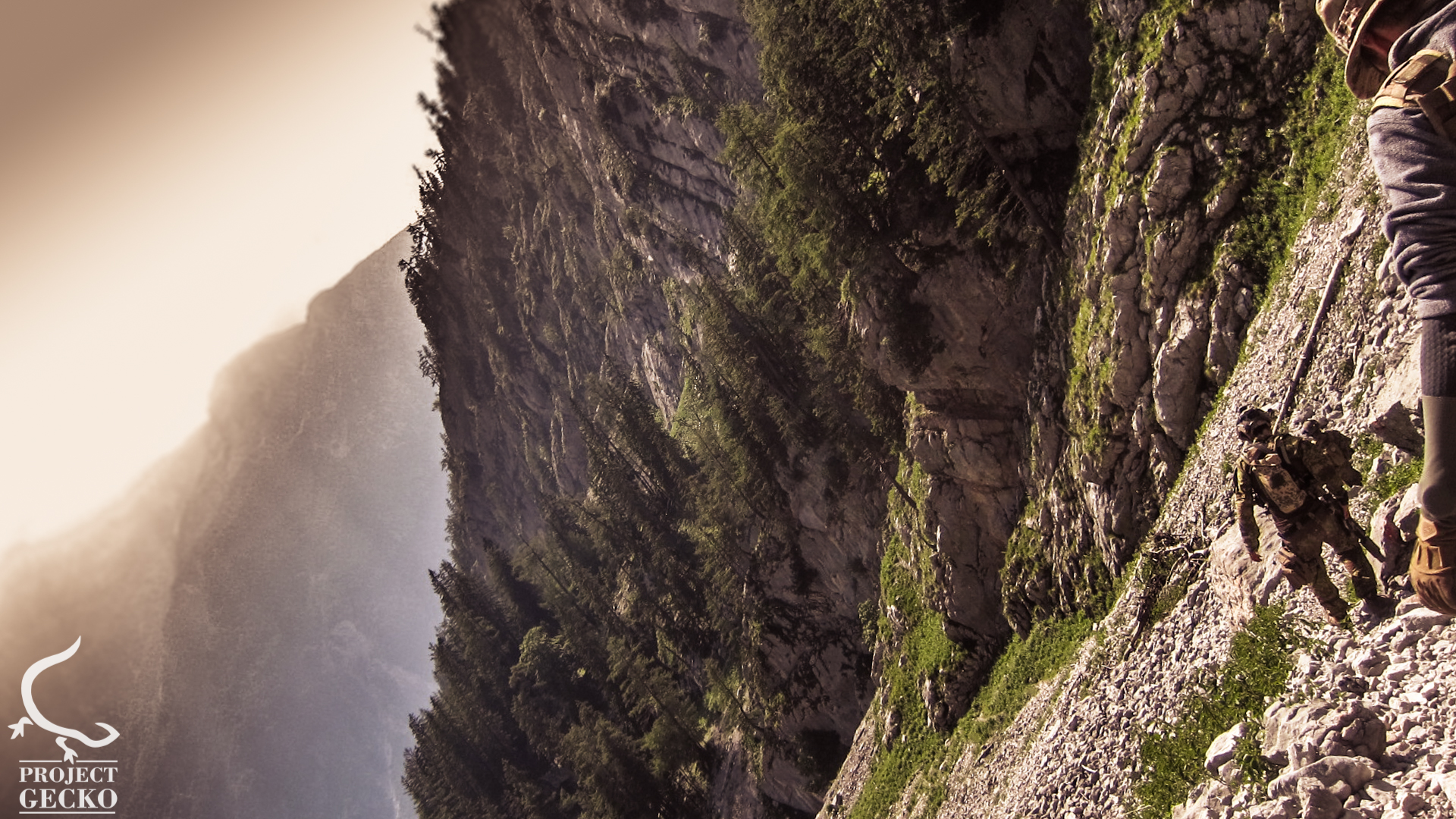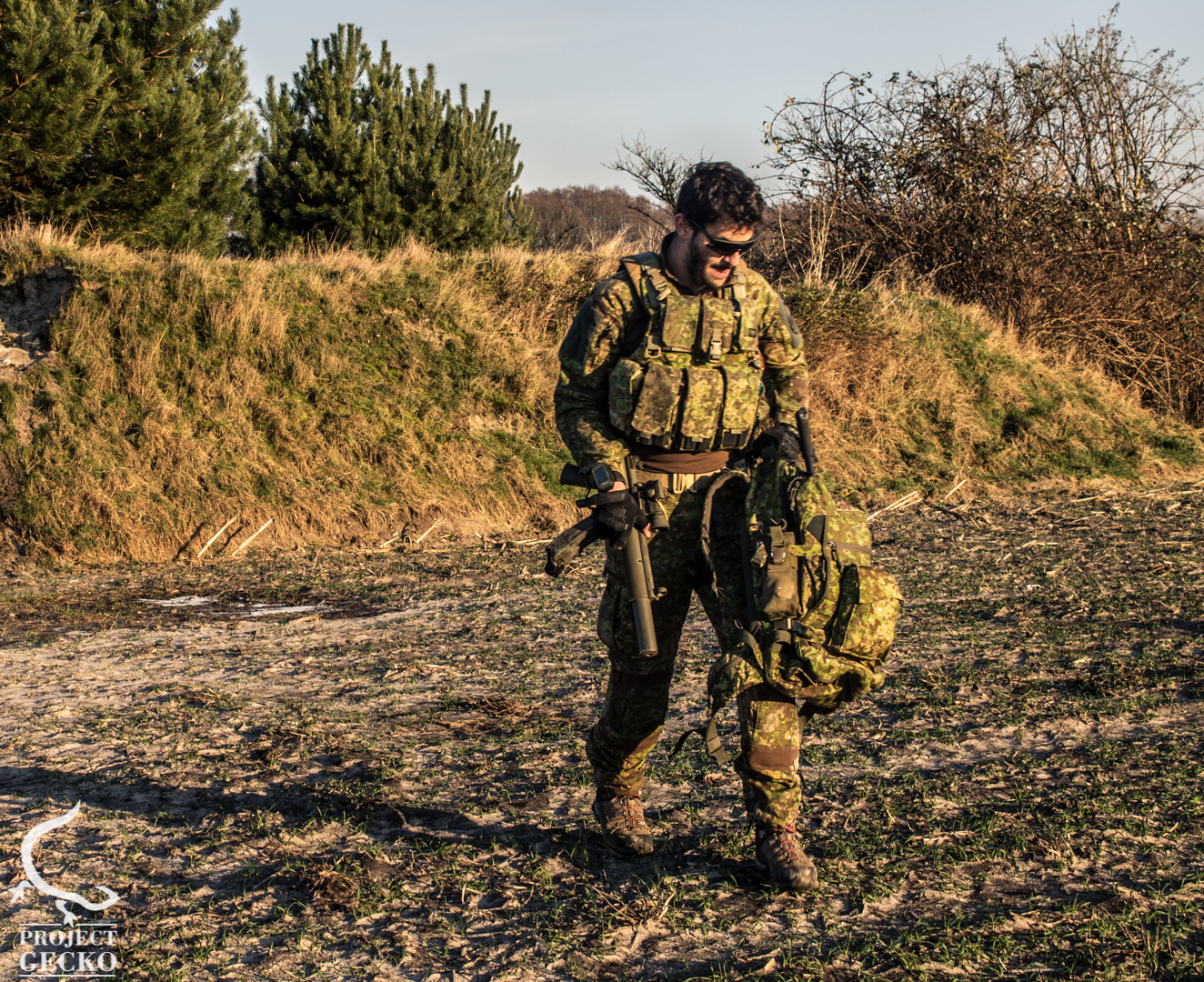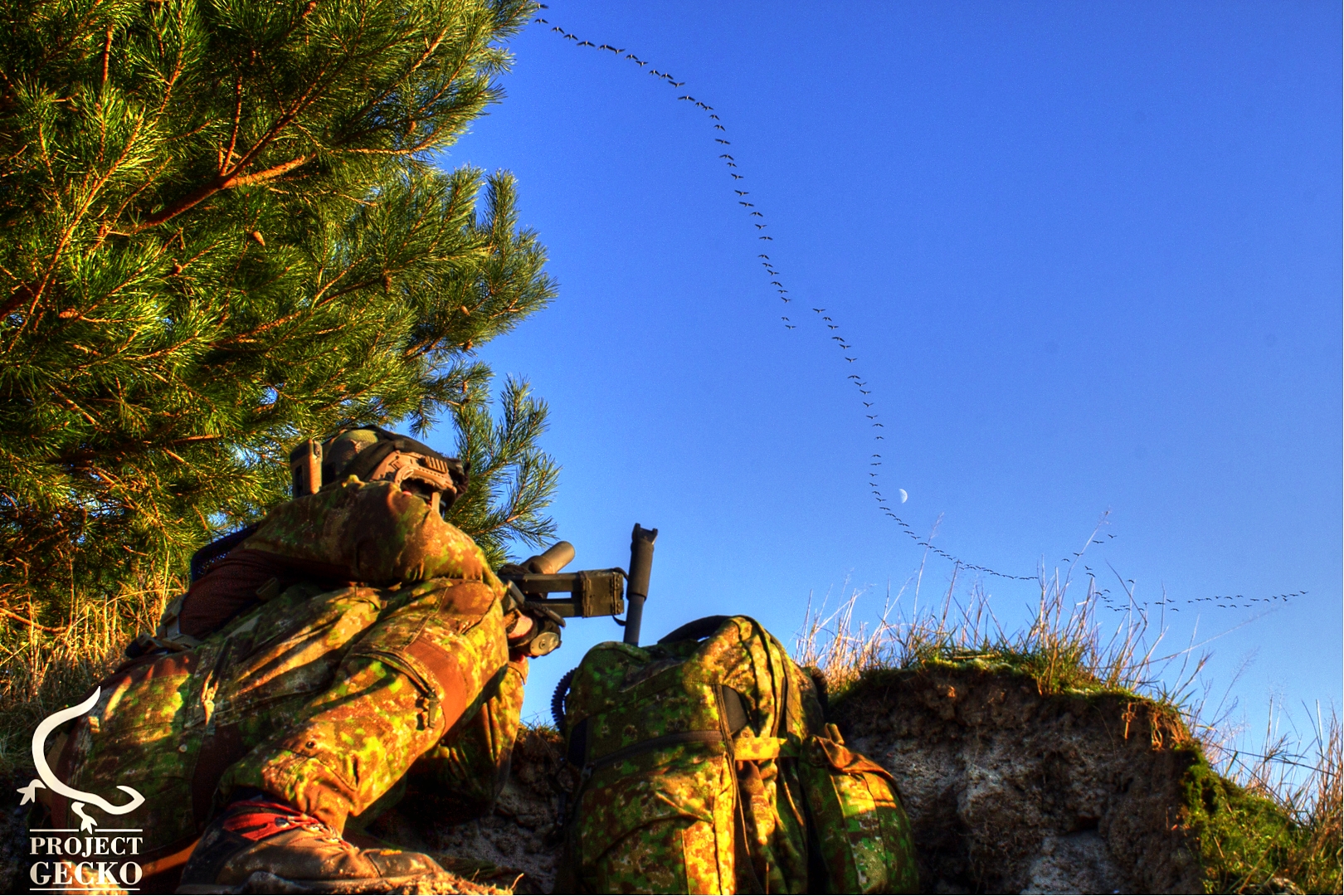Knives – Something that shaped our ancestors to hunt & survive back in the day. Undoubtedly, while today focus is mainly on guns and the newest tactical clothing, knives from all types, shapes and purposes have been quite interesting to me. Back in the IDF a knife was an essential tool to get your job done. My common uses with a knife used to look like this :
Gear Repairs \ modifications
Cutting
Picking and prying
Splinters \ debris
Digging
In this review I am going to tell you my experience with the FOG after almost a year of an extensive use. This knife has been with me out there and definitely made my life easier with different tasks. My use consisted of outdoor & shooting range like activities.
Blade.
The FOG 451 is a full-tang fixed blade which means that the blade and handle are constructed from one continuous piece of metal, which is better to my opinion, if you tend to abuse your knife in your daily activities. The blade itself looks amazing, but above all it feels quite awesome. In my case, the blade went through a lot of rain & dirt. In order to witness its durability and withstand, I refused to maintenance or sharp my FOG 451 kit. The blade today is in a top condition, sharp and solid.
Because of a full tang, the durability and strength of the FOG 451 is guaranteed. The full tang allows you to exert and create greater force on the material being cut through the handle of your knife. A full tang is stronger and without a question an advantage. It also makes the knife balanced, since the weight of the metal extends through the handle of the knife.
The FOG 451 blade was constructed out of a CPM-S35VN stainless steel with a drop point blade. The drop point is a common design for hunting knives and by far one of the most popular blade shapes in use today. When I first received the Fog 451, obviously the knife was insane sharp – but even today, after all that use, the knife is still sharp and ready to fight.
Finish & Design.
Speaking of the blade...its finish is quite amazing, a true eye candy. I´m not a knife expert, but I do know how to appreciate art and semantics and the little details. The Cerakote finish, unlike other knife manufactures, stands up to the toughest task. I used and abused this knife for so many stuff, from peaking dirt & dust out of small objects, my pistol to cutting rough objects. Despite the rough use and long exposure to nature elements the Cerakote finish is still in a great condition, compared to other knifes I used to own.
The design itself is just beautiful and most important – productive. When you look at the knife for the first time, it may give you the feeling that this knife is stuck in time, between future & past. The design, especially with the drop point, reminds me of the old style of hunter knifes (dating long before 19th century) and while quality is something that improves with the age of the product, the handle and other features in the FOG 451 gives the end use a modern, technologically advanced knife.
Speaking of design...It's all in how you arrange the thing, the careful balance of the design is the motion and so is with the overall design and texture of this knife. The FOG451 looks alive, dynamic and in motion. It has a perfect shape, on both grip & blade resemble, a sharp & though character, but also a gentle and sensitive gesture. The grip (which could be easily disassembled) resembles a perfect harmony with the body of the blade itself. They fit together, flawless, without any sticking edges or irregular points. It´s all together, in according to each other shape...pretty much like nature.
The Grip.
The grip, from my point of view, splits into two, based on how I tend to use my knife. It is also important to remark that the grip is fixed onto the tang with 3 bolts.
Grip\ palm – Very comfortable. At least for my hand and palm the grip feels perfect. Further more it´s a unique design, with those small ''channels'' (cross-hatched patterns) that gives the end user flexibility and insurance of save use, even when its rainy and your knife is wet.
Jimmping – Nothing unique, but the FOG 415 Jimmping (machined cuts or cross-hatched patterns on the back of the spine of the knife ) are quite nice, and actually really comfortable for precision cut with the knife. Very comfortable...and a great design which you could easily work with, even with a glove.
The overall shape and feeling of the grip is just awesome. Ergonomic, user friendly and durable, like it has to be.
Finger guard – Safety.
When I was in the military, I had a chance (like most of us 'wilderness guys') to run across some folks who get cut ridiculously from their own blade. Whether it was an environment circumstance or the person itself...its quite unpleasant. The FOG451 bottom part of the handle, just before the blade, contains a ''U''- like design, that acts as a finger stop. Personally I´m in favor of this little design as it allows me not only to work safely during dark night or wet conditions, but also to initiate even stronger pressure towards cutting objects.
Sheath
The Sheath I got with my Fog 451
I used to carry this knife on my plate carrier, belt, battle belt, backpack, you name it. The knife was friendly and comfortable. Currentyl, Freeman offers two types of Sheath upon your purchase – Kydex & SpecOps...I have the Kydex, which is excellent.
What I find quite awesome in the FOG 451 sheath is its flexibility with different carrying platforms. Thanks to its unique structure the Kydex Sheath is ready with attachment points for horizontal, vertical, PALS and Para cord lashing/mounting, but that’s not all. On its back of the FOG is placed a pretty awesome feature for quick release or attachment, in case you want to secure your knife to a belt, Molle and basically anything in any way. It´s that little design that simplify life. Personally I found it a great plus for removing quickly the sheath when not in need. Another advantage is how easy it is, to attach the sheath to any Molle based surface.


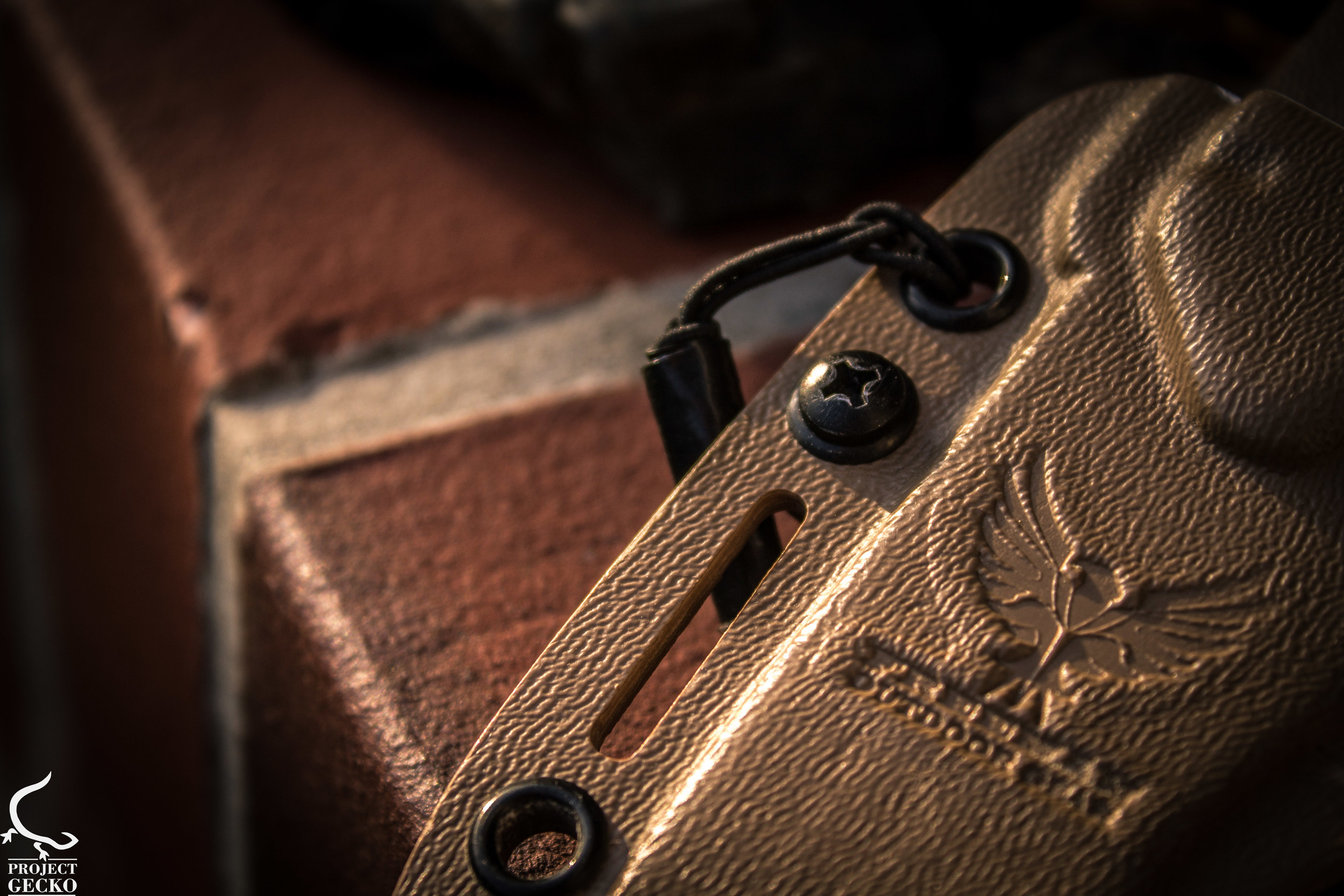
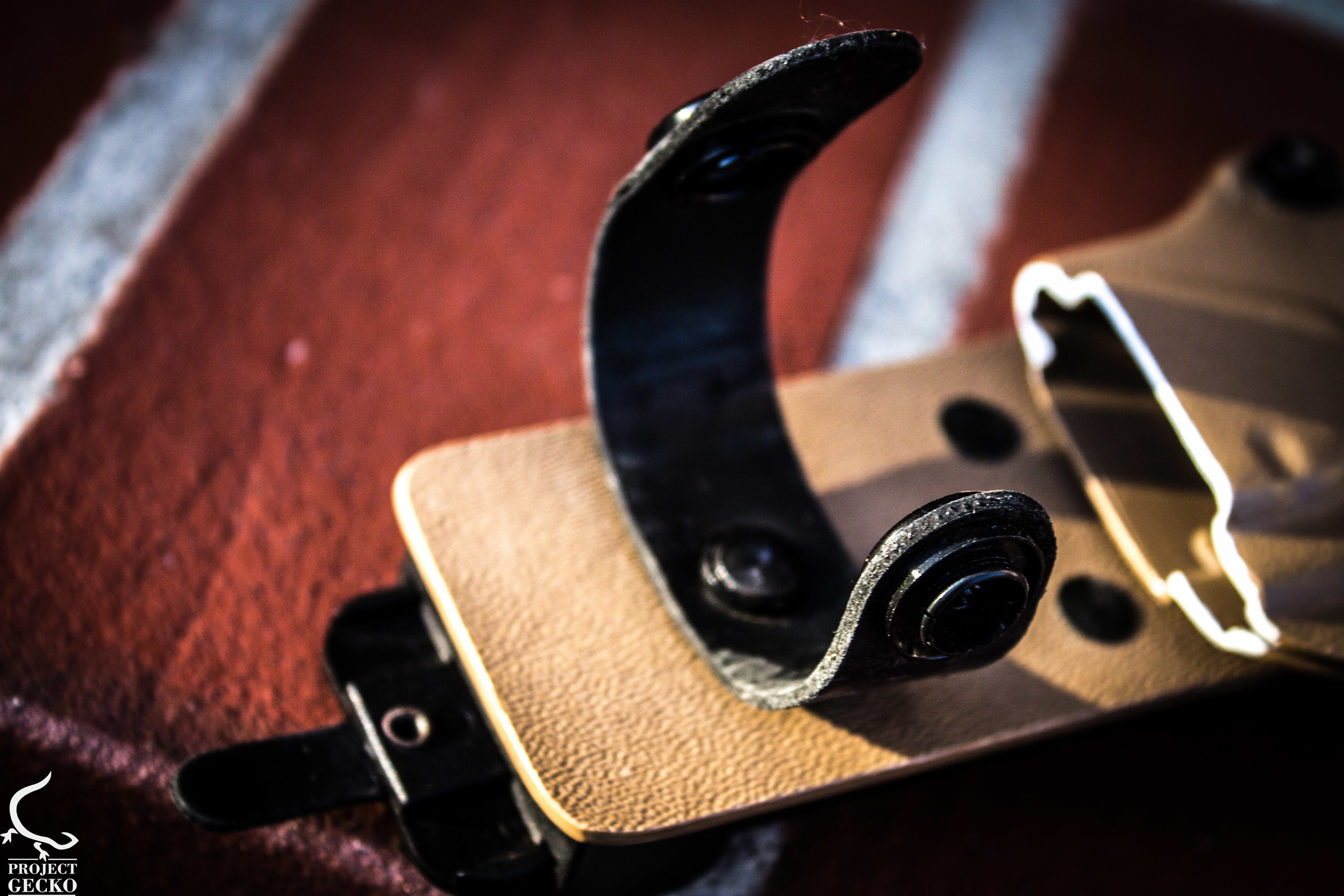

The durability of the Sheath is not to question. It´s not only looking, it really is solid strong and rugged, with a fine design, which won´t get in your way or would damage the knife. In the bottom of the Kydex is a small drain hole, which guarantees an empty Kydex, in case you should find yourself in a storm.
Summary.
The Freeman Outdoor Gear Fixed Blade 451 is a rugged, tough and a heavy duty knife. This knife won´t break or worn off so easily and will definitely act as the leader of your EDC 'gang'. With its Kydex Sheath the FOG451 is almost the best you can have. Comfortable, robust and above all – flexible & dynamic upon user needs. Jeff's decisions on design and his pick of material results in an outstanding knife.
Should you want to get this knife, visit G-Gear in Germany. They are an official distributor of Freeman Outdoor Gear in Europe, with high selection of knives and a quick shipment. Get it here : www.g-gear.com
Thank you for reading,
Eli.














